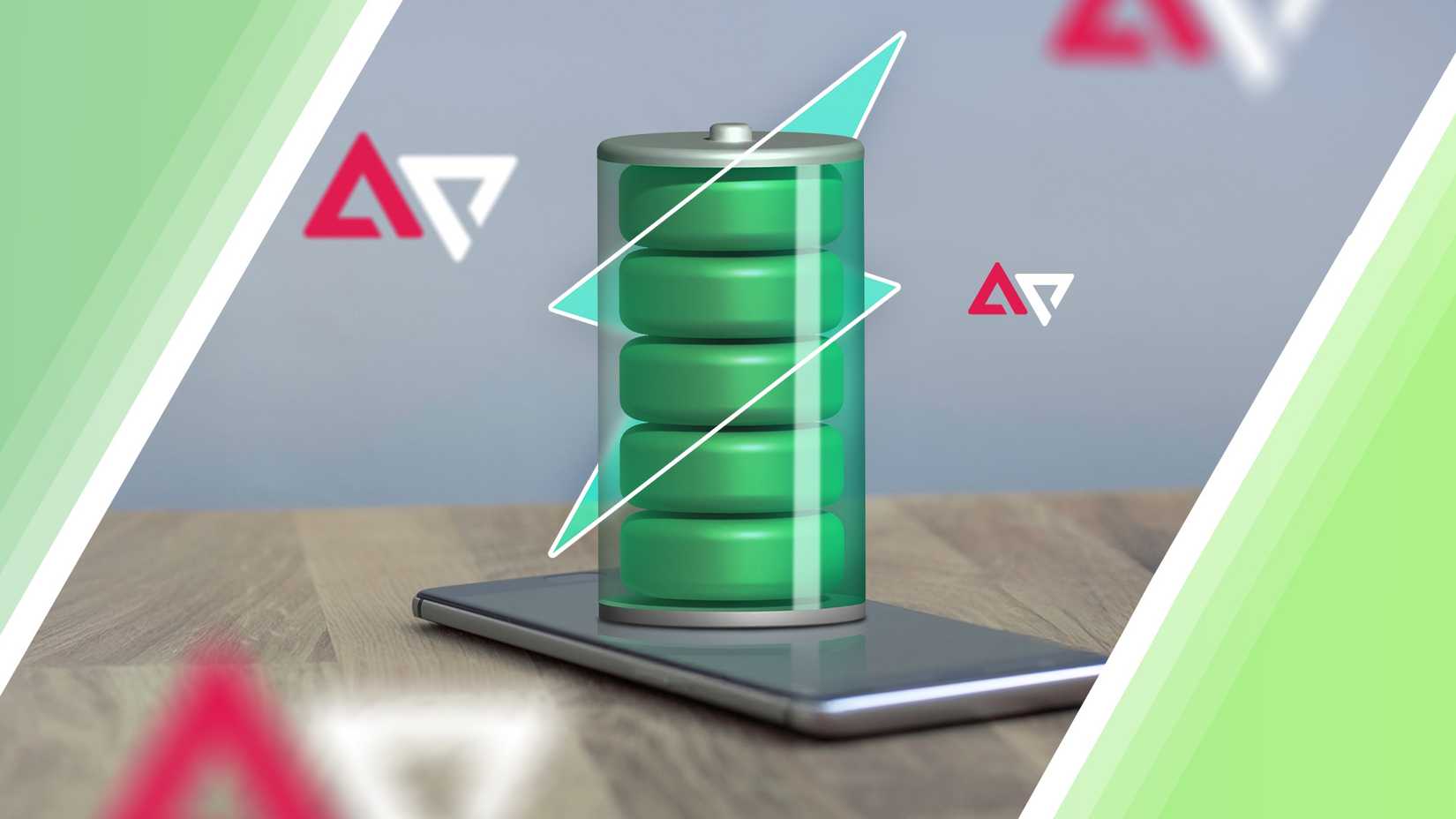It’s 4:00 PM. I’m on a bus and my phone is in my pocket. I don’t need to check it, but I do. My thumb unlocks it, my eyes scan the upper-right corner. This is the 4 PM Panic.
If you have a smartphone, you know the feeling. Surveys have found that the average person starts to get nervous when their phone’s battery drops to 38%.
This anxiety forces us into a tax we pay to keep the panic at bay. I was a full-time subscriber. I had a power bank in every bag. I was the guy hoarding three extra charging cables.
I’ve absolutely ordered a coffee. I didn’t just want to borrow a power outlet. That was my life, until I got a Pixel phone and an underrated feature ended the panic for good.
What is Adaptive Battery, and why do we mistrust it
The feature is called Adaptive Battery. It’s a setting that continuously learns your behaviors and optimizes itself based on your most recent app usage.
In my words, it learns your personal app patterns to save power for the apps you use most, while putting the ones you don’t use into a deep sleep.
So if it’s so great, why is it underrated? Because you don’t see it working in real time. It’s on by default, so most of us never get a before and after to compare.
And it’s not instant. Optimization may take a few weeks to take full effect. It also doesn’t help that it’s lost in a confusing soup of branding.
In my Pixel settings, I see Adaptive Battery, Adaptive Charging, and Adaptive Connectivity. It’s easy to skip over all of them as vague, passive features.
How does Adaptive Battery work?
Adaptive Battery uses machine learning to predict and prioritize power distribution based on your usage behavior. It works in tandem with App Standby Buckets.
The system analyzes how recently and how frequently you use apps and sorts them into five buckets with different power rules.
Active bucket
The app is currently in use or was used very recently. They get full power and zero restrictions.
Working set bucket
If an app is used often but not actively running, it belongs to the working set bucket. A common example is a social media app that you open almost every day.
Frequent bucket
These are apps you use regularly, but not necessarily every day. Think of your recipe book or workout tracking app. They get stronger restrictions, but are still accessible.
Rare bucket
These apps are not used very often. The perfect example is the hotel app you used last holiday. The system shoves them to the back, imposing strict restrictions and limiting internet access.
Restricted bucket
This bucket has the lowest priority and the highest restrictions. This is for apps that consume a lot of system resources and you haven’t opened in months.
When my phone finally learned my routine
My Google Pixel 10 learns that I use my workout app only at 6 PM. At 10 AM, it moves the app into the rare bucket to save power.
At 5:45 PM, it automatically moves the app to the frequent or working set bucket just before I need it.
My battery life didn’t magically double. What disappeared was the unpredictability. The battery graph no longer had terrifying cliffs. It was a gentle slope.
I stopped doing mental math. I stopped carrying the power bank. I didn’t get more battery, but I was able to trust the percentage again. That was the real fix.
Fine-tuning the algorithm that runs your battery
I saw some contradictions in my research. My experience was positive. However, some users reported decreased battery life.
One user stated, “I’m wondering if it only works well for people on a very rigid and predictable schedule.”
I realized I am the perfect candidate. My schedule is boring. I work 9-to-5. I use the same work apps, the same social apps, and go to sleep at the same time.
If your app usage is chaotic — you’re a shift worker, or a student with a new schedule every day — the AI’s predictions may be wrong.
Occasionally, it might get a little too aggressive and throttle an app you need running. This is where you, the user, step in and fine-tune the AI.
To adjust Adaptive Battery for a specific app, open its settings and switch its battery mode from Restricted or Optimized to Unrestricted.
This lets the system keep the app running freely in the background without limiting its performance.
On the flip side, if an app doesn’t need continuous access, you can manually set it to Restricted to save power.
The best tech is the one you forget about
I used to think the best technology was the flashy stuff I could show off.
Now I know the best technology is the technology that gets out of the way and lets you forget about the device and just live your life.
Adaptive Battery is the definition of an unsung hero. It cured my 4 PM panic, and its entire purpose is to be invisible.



